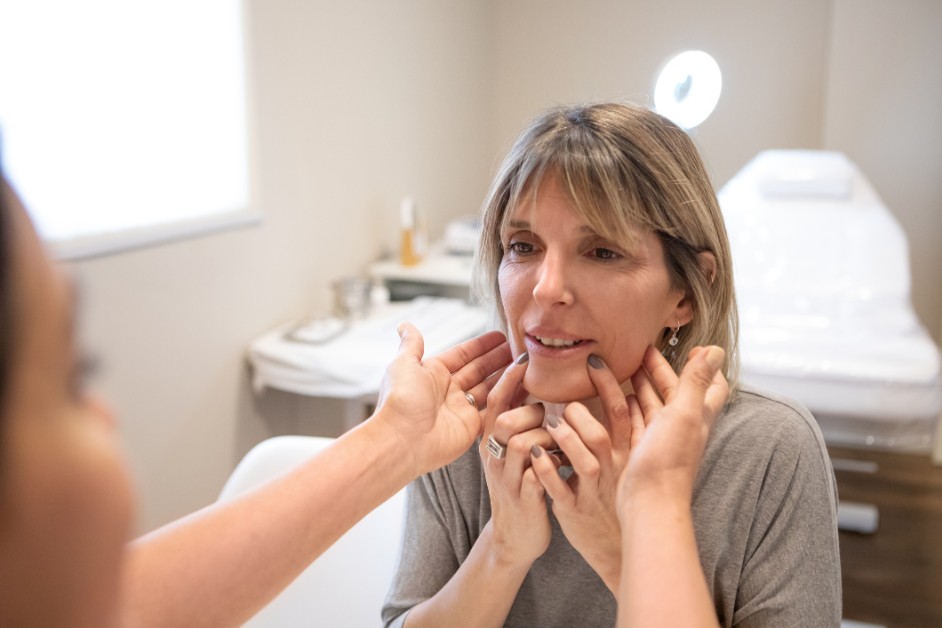Targeted Facial Therapy
JUL 14, 2025Targeted Facial Therapy offers a specialized approach to help you regain control and confidence in your facial movements.
Read More
Synkinesis, often a consequence of facial nerve damage, can be frustrating and impact your quality of life. It's characterized by involuntary facial movements that occur when you try to perform a different action, like your eye closing when you try to smile.
To help, our team offers specialized treatment options to help manage and reduce synkinesis, restoring more natural and controlled facial movements.
Our approach begins with a comprehensive evaluation to understand the specific patterns of synkinesis you're experiencing. We then develop a personalized treatment plan tailored to your individual needs.
Treatment options may include neuromuscular retraining, which helps to re-educate your brain and facial muscles to perform movements independently. This involves targeted exercises and techniques to isolate specific muscle actions and reduce unwanted co-contractions.
Botulinum toxin injections, often referred to as Botox, can also be used strategically to weaken overactive muscles contributing to synkinesis, allowing for more balanced and coordinated movements.
Our goal is to help you regain control over your facial movements, reduce unwanted muscle contractions, and improve your overall facial symmetry and function. We understand the impact synkinesis can have on your daily life and are committed to providing compassionate and effective care.
Contact us today to learn more about our treatment options and start your journey towards a more natural and confident you.

Targeted Facial Therapy offers a specialized approach to help you regain control and confidence in your facial movements.
Read More
When facial trauma or deformities occur, it can have a profound impact on both physical function and emotional well-being. This is where facial reconstructive surgery comes in.
Read MoreWhen you need local health information from a trusted source, turn to the CHI Health Better You eNewsletter.